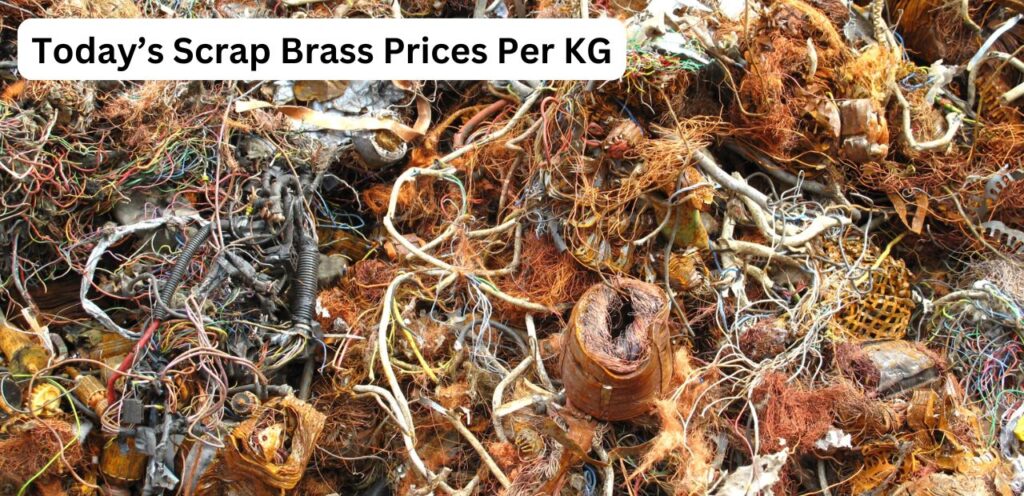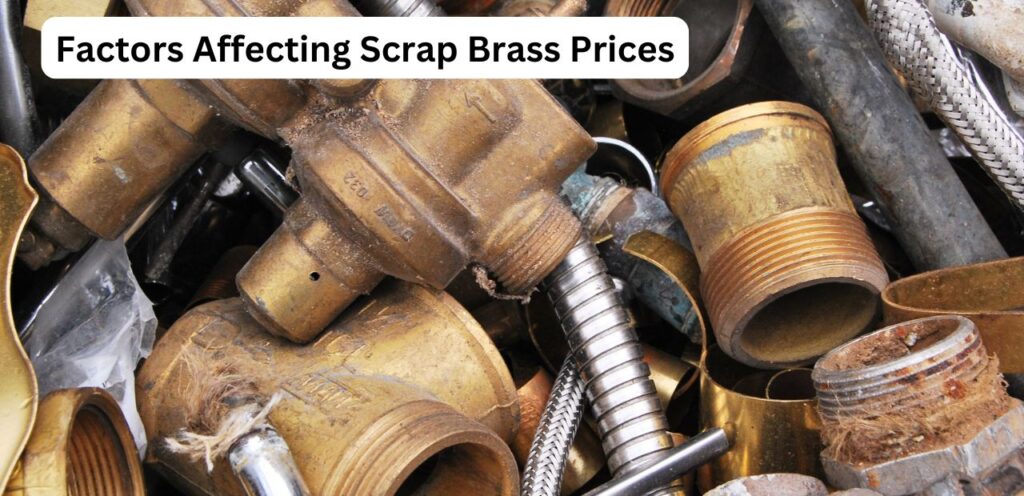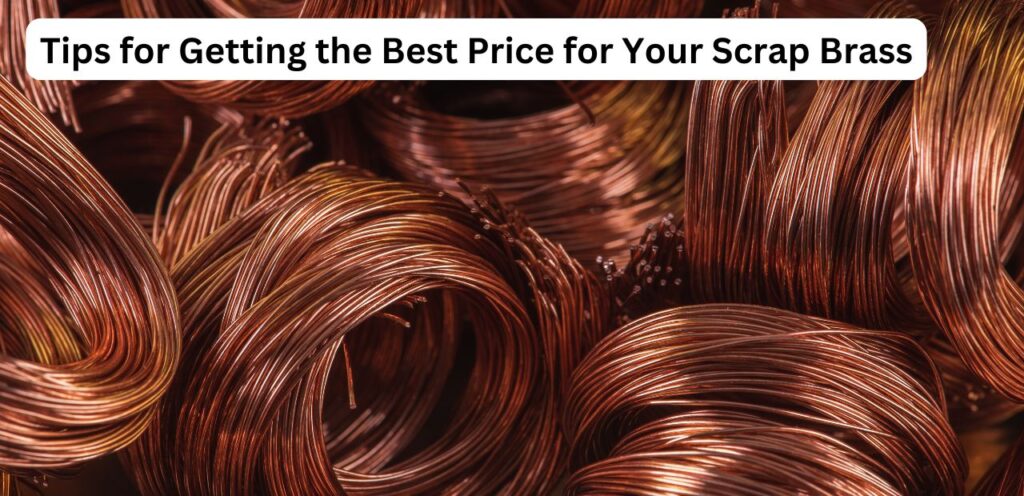Scrap Brass Prices
Knowing how scrap brass prices move is vital for metal recyclers. This blog covers trends, pricing factors, and tips for maximizing returns on scrap brass. Whether you’re a seasoned scrap dealer or just starting, this text will help you navigate the scrap metal market.
Today’s Scrap Brass Prices Per KG
| New Brass | £4.05 per kilogram |
| Mixed Brass | £3.61 per kilogram |
| Brass Radiators | £3.20 per kilogram |

As of today, scrap brass prices are exhibiting fluctuations influenced by a variety of market factors. The price of scrap brass per kg changes daily. It depends on market demand, supply, and the economy. Today, scrap brass is trading at about [current price] per kilogram. It can vary slightly based on your location and the type of brass you’re selling.
The scrap brass market is affected by several key factors. These include the prices of other metals, like copper and aluminum, which are often traded with brass. Also, changes in the US dollar can affect scrap metal prices.
This impacts how much you can get for your brass. Real-time data from scrap metal apps and market reports is key for accurate pricing. So, staying updated is essential.
Factors Affecting Scrap Brass Prices

Scrap brass prices can be influenced by several factors. These include market demand, metal composition, and regional differences. Market demand is key. Higher demand for brass in manufacturing and construction can drive up prices.
A drop in demand might lower them. The brass’s composition can affect its value. Yellow brass, red brass, and bronze are different alloys. They contain varying amounts of copper and zinc.
Regional differences also come into play, as scrap brass prices can vary from state to state and between different scrap yards. Local recycling rules, transport costs, and big buyers can cause these regional differences. Knowing these factors can help you predict price changes. You can then decide when and where to sell your scrap brass.
Different Types of Scrap Brass and Their Prices
Scrap brass comes in various forms, each with its own price point. The most common types include yellow brass, red brass, and bronze. Yellow brass, which is primarily composed of copper and zinc, typically commands a higher price due to its higher copper content. Red brass, containing a higher proportion of copper, can also be valuable, especially if it is clean and free of contaminants.
Bronze, a brass alloy, is often priced differently from yellow and red brass. Its metal composition varies and may include tin or other elements. The price of these scrap brass types depends on two things.
They are the alloy content and the demand for specific brass types in manufacturing. Scrapyards often have specific prices for each scrap type. So, it’s important to sort and categorize your scrap to maximize its value. Also look at the Scrap Iron Prices given by Scrapsy.
Tips for Getting the Best Price for Your Scrap Brass

To secure the best price for your scrap brass, consider several key strategies. First, ensure that your brass is clean and sorted by type, as this can significantly impact its value. Brass that is mixed with other metals or contains contaminants like plastic or rubber will generally fetch a lower price. Sorting your scrap brass into categories like yellow brass, red brass, and bronze can help you get a better rate.
Another tip is to stay informed about market trends and fluctuations in brass prices. Use scrap metal apps, market reports, and local scrap yards. They can help you find the best time and place to sell your brass. Also, a relationship with reputable scrap dealers can help. Negotiating bulk rates can lead to better deals and consistent prices.
